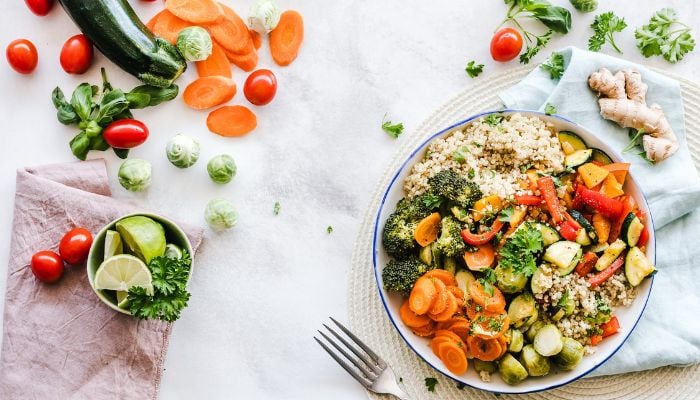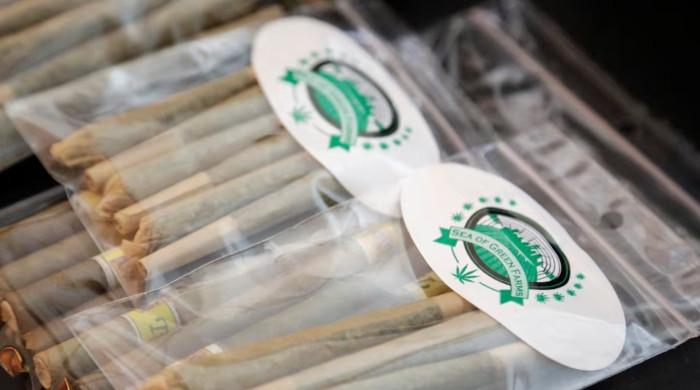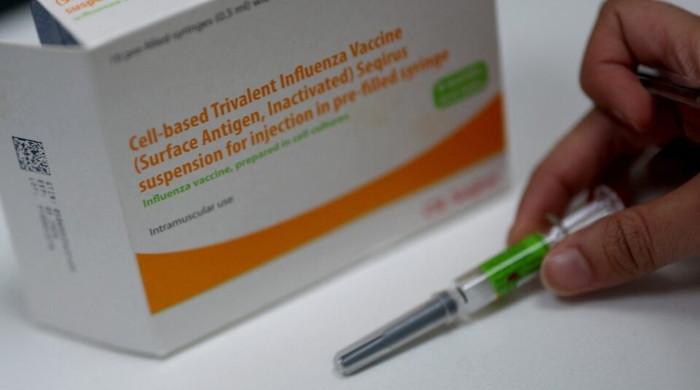Foods you should and should not take for high blood pressure
Fortunately, you can naturally lower your blood pressure by leading healthy lifestyle and eating more nutrient-dense diet
December 09, 2022

Over time, hypertension, or high blood pressure, develops due to a variety of risk factors, such as genetics, age, stress, inactivity, or a high salt intake. Young people are not immune to hypertension and older adults are the group with the highest prevalence.
One in four adults between the ages of 20 and 44, according to the Centers for Disease Control and Prevention, have high blood pressure, which increases your chance of developing serious medical illnesses including a heart attack or stroke.
As per heart.org, a value of 130 or greater for systolic pressure and 80 or higher for diastolic pressure indicates high blood pressure. It's crucial to monitor your blood pressure regularly and get help if you're experiencing hypertension.
Fortunately, more often than not, you can naturally lower your blood pressure by leading a healthy lifestyle and eating a more nutrient-dense diet.
Here are five different food groups that you should include in your meals to lower your blood pressure:
Vegetables
Significant amounts of nitrate are present in red beets and leafy greens, where they are transformed into nitric oxide. Nitric oxide reduces high blood pressure by widening the blood vessels and enhancing circulation.
According to one study published in the European Journal of Epidemiology, eating a lot of vegetables high in nitrates is associated with reduced systolic and diastolic blood pressure.
Leafy greens high in nitrate include Kale, spinach, and cabbage.
Carrots, celery and broccoli are also useful in managing heart health and reducing excessive blood pressure.
Fruits
Berries include a lot of antioxidants, including the water-soluble red, blue, and purple pigments known as anthocyanins. They give the fruit its vivid colour and aid in blood pressure reduction, Healthline reported.
Oranges and lemons are examples of citrus fruits that are excellent suppliers of vitamins and minerals and can help lower blood pressure. A five-month study published in NCBI including 101 women found that daily lemon consumption and walking could significantly lower systolic blood pressure.
Since they are so high in potassium, bananas help lower salt levels in the body. Pomegranate juice also has anti-hypertensive effects on systolic and diastolic pressures and can improve heart health.
Extra-virgin olive oil
Extra virgin olive oil, one of the greatest oils for lowering blood pressure, should be used when cooking. It contains fatty acid and an antioxidant polyphenol that support heart health.
Nuts and seeds
Potassium-rich pistachios have shown to be a powerful support for healthy SDP and DBP, revealed a study published in The American Journal of Clinical Nutrition.
Rich in potassium and other nutrients like magnesium and fibre, unsalted sunflower seeds, flaxseeds, chia seeds, and pumpkin seeds can all help decrease blood pressure.
Dairy
Due to its high levels of minerals like calcium and potassium, dairy products like yoghurt have proven to help lower blood pressure. In a study involving 150,000 individuals, dairy was linked to a lower risk of both diabetes and high blood pressure.
Foods you should not take
According to research, you should limit your daily intake of red meat to about the size of your hand, as it is a known cause of high blood pressure. The most common for doctors to limit in the diet is sodium. It is present not only in table salt but also in canned foods, sauces, and packaged or microwavable meals.
Fried meals and saturated fat content is bad for maintaining healthy blood pressure. Foods are better and healthier when steamed or baked. Experts also warn against alcohol and caffeine.









